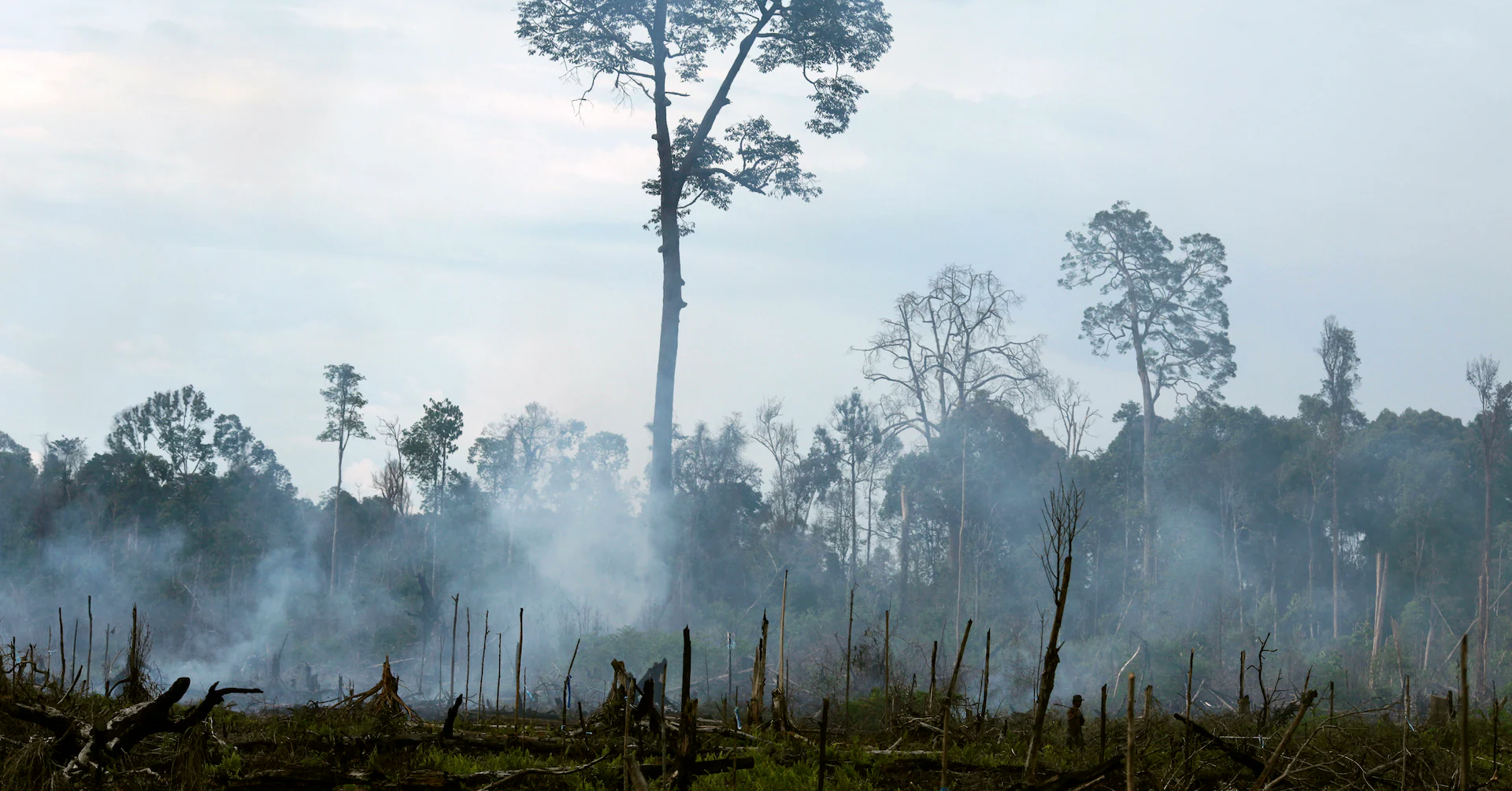
September 23 – Earlier this year, the first wave of corporate reports under the EU’s Corporate Sustainability Reporting Directive (CSRD) quietly revealed a troubling trend. Fewer than 40% of companies identified nature-related issues – such as pollution, water scarcity and biodiversity loss – as material to their business. This isn’t just a bureaucratic oversight. It is a systemic risk hiding in plain sight.
For decades, it has been up to environmentalists, scientists and a handful of investors to argue that nature matters to business. But today, the burden of proof must flip. With mounting and unequivocal evidence of the financial consequences of the unprecedented rates of environmental degradation around the world, companies must now justify how they could possibly consider nature immaterial.
A major new evidence review, which I co-authored with the Taskforce on Nature-related Financial Disclosures (TNFD), Global Canopy and Oxford’s Environmental Change Institute, assessed over 600 pieces of empirical data and evidence from more than 360 sources.
The findings are clear: nature-related risks are already creating real and measurable financial impacts across sectors, geographies and time horizons. They affect revenues, costs, asset values and access to capital.
Nature underpins the functioning of our entire economy. Ecosystems provide clean water, regulate climate, support pollination, clear-out pollutants and maintain soil fertility – services that are indispensable to business operations and supply chains.
Yet we continue to erode these foundations. A U.N.-backed global assessment by leading scientists – the Intergovernmental Science-Policy Platform on Biodiversity and Ecosystem Services (IPBES) – found that 14 of 18 critical ecosystem services have declined since the 1970s. We are nearing, or exceeding, six of nine planetary boundaries. These are not distant threats; they are already reshaping markets and balance sheets.
Real-world examples underscore this. Water scarcity has disrupted production across agriculture and manufacturing, triggering capital write-downs. In the energy sector, power plants have been shut down by jellyfish blooms clogging cooling systems, a vivid example of ecological disruption hitting infrastructure.
Meanwhile, extreme flooding and wildfires, worsened by climate change and ecological degradation, are leading to mounting insurance losses and threatening the availability of insurance. Supply chains have been upended by zoonotic disease outbreaks, made more likely by habitat loss and biodiversity stress.
Litigation is also rising. Companies face increasing legal action and fines for pollution and environmental degradation, such as contamination from PFAS chemicals. And in a world of digital scrutiny and activist consumers, reputational risks from deforestation or ecosystem damage can erase billions from market valuations overnight.
All this flies in the face of the narrative that nature isn’t financially material. The EY CSRD Barometer offers one possible explanation: a gap in understanding among many corporate boards and executives. Despite the risks, many leaders remain unaware or unconvinced. This cognitive dissonance has serious consequences, not just for environmental goals, but for business resilience and investor confidence.
Meanwhile, investors and regulators are moving fast. The TNFD framework is already helping firms and financial institutions identify and disclose nature-related risks. The International Sustainability Standards Board (ISSB) is expected to decide on standard-setting for nature later this year. Europe is reviewing its sustainability reporting rules on nature, and must resist the temptation to weaken them under pressure.
Nature and climate risks are not separate, they are intertwined and compounding. Integrated risk management must become the norm. Cities like Rotterdam and Singapore are already embracing nature-based solutions to mitigate flooding and enhance resilience. Forward-thinking firms are following suit, embedding nature risk into enterprise risk frameworks and strategic planning.
The future of risk management lies in recognising the natural world not as an externality, but as infrastructure, and pricing and valuing it accordingly.
The real risk is not overestimating nature’s importance, it’s ignoring nature until it’s too late – and seeing the impact on their bottom lines.
Opinions expressed are those of the author. They do not reflect the views of Reuters News, which, under the Trust Principles, is committed to integrity, independence, and freedom from bias. Ethical Corporation Magazine, a part of Reuters Professional, is owned by Thomson Reuters and operates independently of Reuters News.
Nicola Ranger is the executive director of Earth Capital Nexus and professor in practice of natural capital, risk and finance in the Grantham Research Institute on Climate Change and the Environment at the London School of Economics and Political Science. She is a globally recognized expert in sustainable finance, climate and nature, and systemic resilience.



